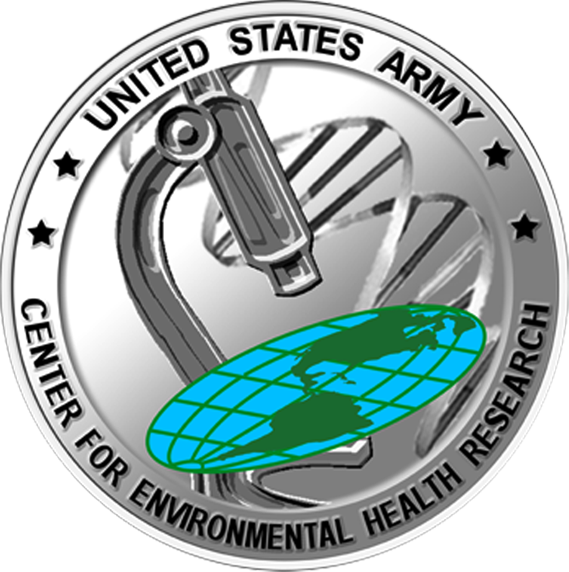Study Finds Dust From Southwest Asia Is Not Highly Toxic
The U.S. Army Center for Environmental Health Research, a subordinate command of the U.S. Army Medical Research and Materiel Command, began collaborating five years ago with the U.S. Army Public Health Command and the National Institute for Occupational Safety and Health to determine what, if any health effects are associated with dust exposures to deployed service members.
"We know the amount of airborne dust that service members breathe while serving in Iraq and Afghanistan is far greater than in the U.S.," said Dr. David Jackson, USACEHR's director of the Biomarkers Program.
So, USACEHR and the Military Operational Medicine Research Program, a research and development area of USAMRMC, decided to organize and sponsor a study of the risks of breathing the dust.
The health effects of breathing large amounts of airborne particulate matter'particularly on the very young and the very old'have been well studied in urban environments. However, urban particulate matter is mostly composed of particles from vehicle exhaust, industrial activity, and other burn sources.
"In Iraq and Afghanistan, much of the airborne dust is of geological origin and its effects are not as well understood," said Jackson.
So, USACEHR, USAPHC, and NIOSH decided they needed the fine airborne dust that is inhaled deeply into the lungs in order to test its toxicity in the lungs of rats.
In the spring of 2008 and 2009, USAPHC personnel collected airborne dust at Camp Victory in Iraq for the rat studies. The effects of exposure to the Camp Victory dust were tested in comparison with an urban dust from St. Louis, a dust from Camp Buehring in Kuwait, and with silica which is found in quarry dust. The type of silica used is known to be very toxic to the lungs.
The exposures and analysis were done at NIOSH in Morgantown, West Va. by NIOSH staff. Although the rats in the study were only exposed once to dust, they were exposed to very large amounts of it.
"Even though there are some significant limitations to the experiments, the dusts from Southwest Asia were found to be no more toxic than the St. Louis dust, and all the dusts were only minimally toxic," said Jackson. "The silica control was much more toxic than any of the dusts. Additional experiments will be needed to test whether repeated exposures to the dusts might cause more damage."
The experiments also only tested airborne dust from one location, and dusts from other locations might be more or less toxic.
This work does not support claims that dust from Southwest Asia is highly toxic.















